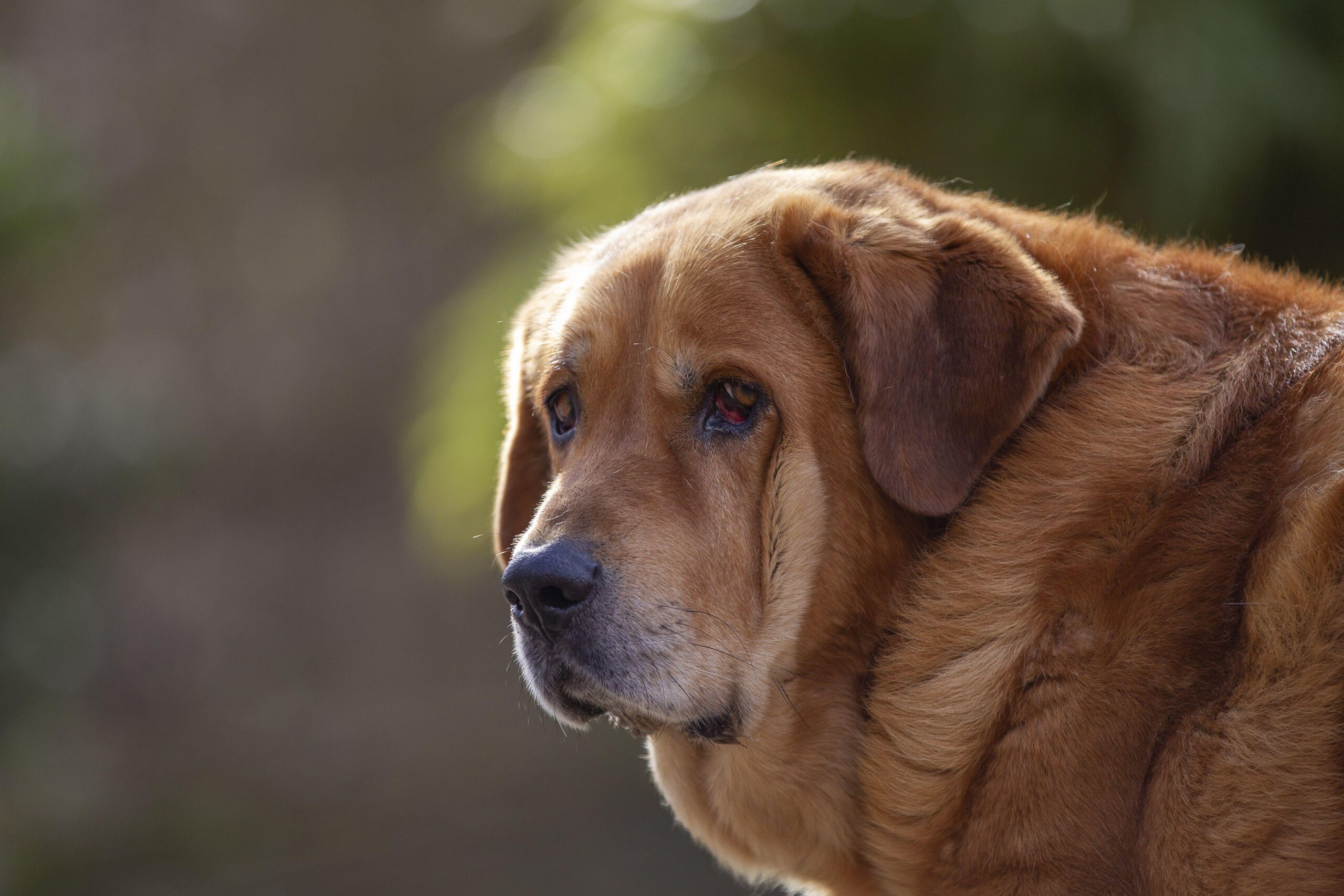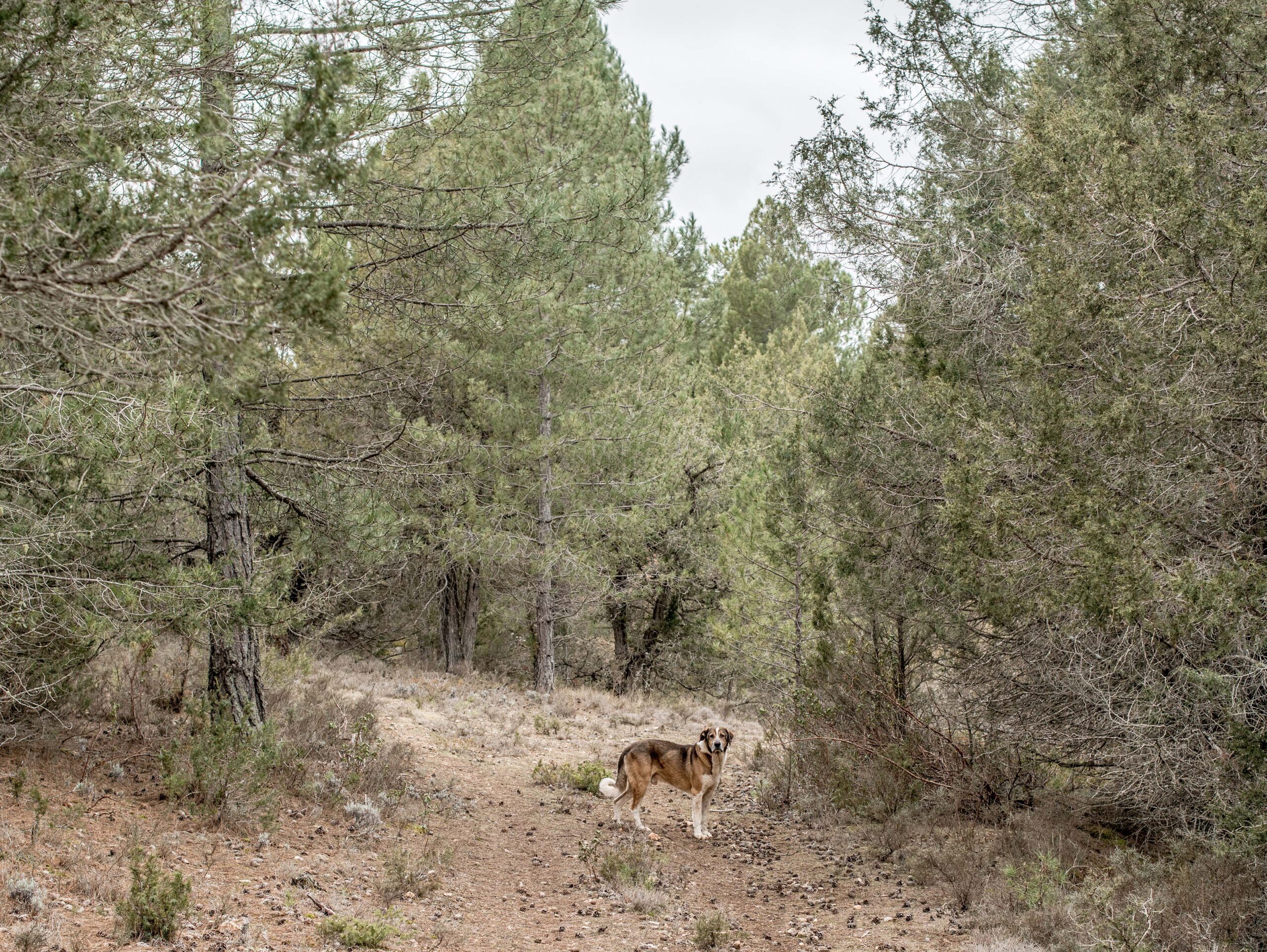How to deal with a dog that's stronger than you are — especially when it runs off when it gets excited
Ben Randall tackles an issue for an owner of a dog that's almost as big as she is.


What do you do when you have a dog that's stronger than you are? For owners of most breeds it's not an issue, but when it is, it can bring a whole new set of problems to
Hello Ben, I never thought I'd get to this point but I've just had a very upsetting moment on our local beach and I'm at my wit's end. My dog spotted a dog she knew in the local beach bar and, despite my best efforts to hold her, raced across to the table of six people, causing chaos, smashing glasses etc, in her efforts to greet this other dog.I have a Spanish Masiff cross, a rescue dog, and she weighs 40kg; I only weigh 50kg! She is an absolute star of a dog at home and I love her unconditionally. I have worked very hard with her, taking her to training classes since she was four months old, training every day at home and generally putting the hours in to do my best with/for her. She is very chilled and easy at home with us, so loving and calm.However, she is very strong, and now that she 17 months old I simply cannot hold her if she wants to go. Her recall is good, we walk off the lead in the Ramblas and mountains (I live in Spain) and I never worry that she will run off. She does chase wild goats sometimes, though she always returns without problems. And she is amazing with other dogs, always friendly, never aggressive, and she will sit calmly wherever she is if she sees a car or a bike. But being so overly keen to greet people and other dogs is a problem, even with people she sees regularly, and when she jumps all over them, it hurts! She'll run towards other dogs but isn't a problem to them as she is so un-aggressive. But if they're in a bar with their owners and she creates havoc, it is a problem.It's getting to the point where I dread going anywhere with her apart from in the mountains where she is free. I feel very upset and disappointed in myself. I have paid for online courses as well as my normal training and tried pretty much everything I have found on teaching a dog not to greet this way, to no avail. I kept thinking as she gets older it will change but it really isn't getting any better. I'm exhausted and have run out of ideas. Can you help me? — CE, via Email
Unfortunately I see this a lot in my daily training clients, and here at the boarding kennels. You can have a dog who is great most of the time — but the honest truth is that if your control of your dog isn't good all the time, then it's not good, full stop.
Many of my clients say exactly the things you do. They love their dogs, they're wonderful family pets, they do exactly what they're asked and have great recall... right up until the moment they don’t.
Your dog needs to respect you enough to stay settled and calm even in these situations.
Sadly, it's something I see with dogs that have had the wrong type of puppy training. What I mean by that is bribery-based training, often provided through inexperienced trainers, using unproven techniques.
Please don't worry, though: as I say, I see this all the time, and we can fix it. But the first thing to understand is that this isn’t just a recall issue — you need to reestablish the foundation commands, and go back to basics. It'll take you at least a month to reset your dog's training, but once it's done you won't look back. Here's what to do
Go back to basics on heel work and the leave command
First, we need to establish at home, and around the home, the heelwork foundations, getting your dog to walk to heel on and off the lead.
Exquisite houses, the beauty of Nature, and how to get the most from your life, straight to your inbox.
Then — and this is the most important bit — the ‘leave’ command. This isn't just a way to get your dog to drop things; once it's trained, it'll essentially tell your dog to stop doing whatever it's doing.
You can carry on walking your dog in the mountains — but you need more structure
There's good news for you too: some people with similar issues might need to keep their dogs in and around the house for a few weeks, but I’m happy for you to carry on walking in the mountains. The only proviso is that it needs to be more structured: if there are goats or people about, keep the dog on the lead and keep practising the heelwork.

For me, I’d want her walking to the heel on and off the lead, on my left hand side, and when I see a distraction — another dog, or a person she wants to greet — a simple ‘leave’ command and a tap of your left leg is all that should be required.
Patience training is important
Training around the home is important too. More sitting patiently, and staying calm, especially at mealtimes, will have a huge impact. Your dog will learn patience this way, and that will help with all other aspects of their behaviour.
Most importantly, make sure that these commands are taught in a positive and rewarding way. You're not bribing your dog for carrying out a particular action, you're praising and rewarding her for a general period of good behaviour. The aim is to have a dog who reacts to each command because they are taught in that manner. At the moment you have overexcitement that you can't control because the dog sees you, the owner, as someone they take food from. We need the dog to see you as someone it looks up to and respects. Ultimately this will give you both a stronger partnership and bond together with a mutual respect for each other.
Where do we want to get to? You’ll be in a coffee shop or at a bar, she’ll see a person or dog she wants to greet, and a single, stern word — LEAVE! SIT! — will mean that your dog will stop what she's about to do, trusting and respecting you enough to know she will be able to greet them, but only when you say so, will have to do it calmly and patiently, and will stay patient until then.
For more detailed advice about Ben Randall’s positive, reward-based and proven BG training methods, one-to-one training sessions, residential training or five-star dog-boarding at his BGHQ in Herefordshire, telephone 01531 670960 or visit www.ledburylodgekennels.co.uk. For a free seven-day trial of the Gundog app, which costs £24.99 a month or £249.99 a year, visit www.gundog.app/trial
